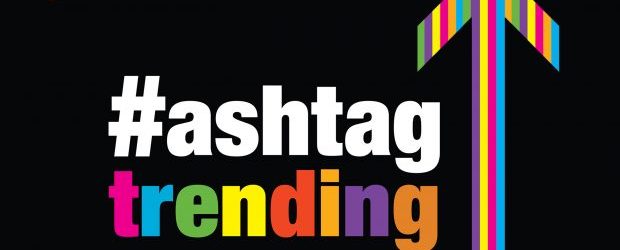The start of a new decade is just around the corner, and everyone is expecting technologies such as artificial intelligence and the growing number of the Internet of Things to change the way we live, work, and play.
But today, we decided to look back at the last decade and see which predictions were off the mark.
When Amazon.com released its Elastic Compute Cloud product in 2006, many industry experts thought it signaled the end of your traditional data centre. Everything is going to the cloud now, they said. And while cloud computing did explode, leading to the creation of companies like Netflix, Facebook, and Uber, thousands of businesses and enterprises realized the value of having an on-premises set up. Initial concerns revolved around how cloud required users to surrender control over their infrastructure, so it was a poor fit for workloads that demanded tight security. Today, that argument doesn’t hold much water as hyperscalers pump millions into cloud security every year. Now, cloud cost optimization and low latency workloads remain some of the primary reasons why enterprises maintain an on-prem infrastructure. But it’s almost a certainty that we’ll eventually reach a point where nearly everyone will be serverless, but those initial claims that servers are dead were entirely overblown.
In 2009, American inventor and futurist Ray Kurzweil prophesized pop-ups in people’s visual field of view that would give them background information on people and places. He went on to predict that human memory and information available on the internet will be integrated in the coming decade. With a few days left to 2020, it’s safe to say that these predictions haven’t come to fruition yet. Integration of the human brain with the internet is being discussed but no major development has yet been made. Expect more work to be done on this front in the coming years.
And lastly, there were some very bold claims were made about the future of 3D printing heading into the last decade, and while the boost provided by industrial use increased the market value of 3D printing to $2.2 billion in 2017, 3D printers did not make their way into people’s homes at scale, and remains largely a curiosity for most people. It’s undeniable the benefits 3D printing brings – cheaper production costs, improved sustainability and product designs – but it looks like it’s going to take another decade for the technology to fully come into its home, and into people’s homes.
